Have you ever come across the term chick coccidiosis? The name may seem complicated at first. But believe me, it’s imperative for each poultry farmer to understand the importance of chick coccidiosis. Picture your chicks chirping away, a sight that holds the promise of future success for your poultry farm. However, there’s an issue that poses a threat to their stomachs, potentially resulting in stunted growth, decreased food efficiency, and even fatalities. Well, dear farmer, your chicks just might be cursed with coccidiosis!
Don’t fret! because in this article, A-Z Animals will provide you with a guide in understanding this disease and strategies on how to treat it.
What is Coccidiosis?
Chick coccidiosis is an illness that spreads easily among young birds, including chicks. It occurs due to the presence of parasites called Eimeria. These parasites invade the lining of the bird’s intestines, resulting in serious health complications.
The disease is transmitted when your poultry consumes parasite eggs found in food, water, or around their surroundings. In addition, birds kept in overcrowded and dirty environments are especially prone to getting infected.
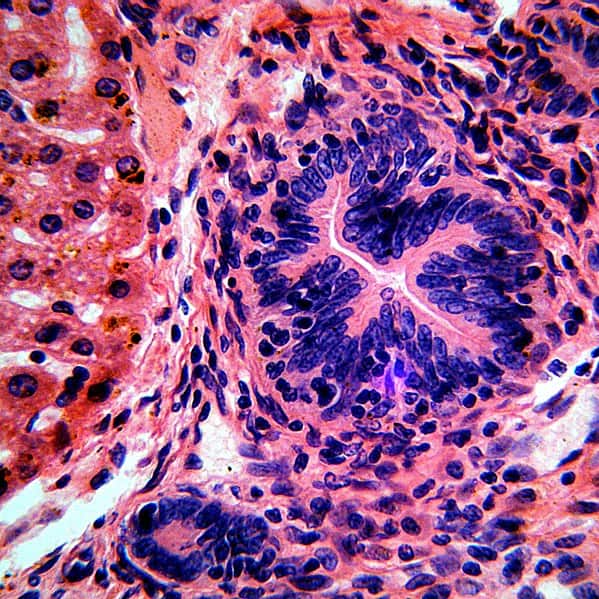
Coccidiosis invades the lining of the intestines, causing health complications.
How quickly does Coccidiosis spread?
Coccidiosis is fast-acting and will spread once a chick becomes infected with the parasite. When the chick ingests contaminated material, it normally takes around 4 to 7 days for cocci to go through its life cycle. During this incubation period, the parasites start to multiply within the cells, causing damage to the gut lining. Furthermore, during this time, signs of infection and symptoms start to manifest.
The life cycle of Coccidiosis before Symptoms occurs.
Oocyst: The contagious phase of the parasite is called the oocyst, an egg-shaped structure that houses sporozoites, which are the active infectious forms. Oocysts are excreted in the waste of birds that have been infected.
Ingestion: Birds get infected when they consume food, water, or other substances that are contaminated with oocysts.
Invasion: After being consumed, the sporozoites are set free from the oocysts and proceed to penetrate the cells that line the intestines.
Multiplication: Inside the cells of the host, the sporozoites experience a process of reproduction without involving any activity. This results in the creation of stages that cause the infection, referred to as merozoites.
Spreading begins: The host cells eventually burst, setting merozoites that invade cells, thus perpetuating the cycle. Therefore, this process can result in harm to tissues, inflammation, and the distinct symptoms associated with coccidiosis.
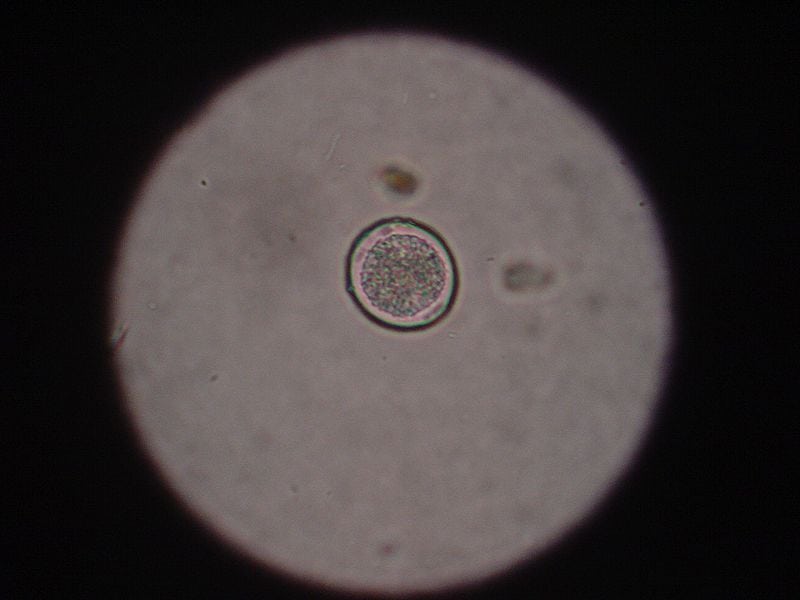
Coccidia oocyst displays an egg-shaped structure that houses sporozoites.
Did you know that these parasites go through a life cycle that includes sexual and asexual reproduction?
Sexual reproduction
In coccidiosis, this kind of reproduction usually happens at the end of the parasite’s life cycle. It makes new eggs called oocysts that end up in the host bird’s poop. Moreover, these oocysts have genetic parts from two different parent parasites mixed.
Asexual reproduction
Asexual reproduction takes place inside the intestines of the host bird. The parasites multiply within the cells of the host and form merozoites, which then invade cells. In addition, this results in an increase in the population, which adds to the intensity of the infected intestine.
Symptoms of Coccidiosis
- Diarrhea
- Dehydration
- Loss of appetite
- Lethargy
- Ruffled feathers
Diarrhea
The presence of mucus gives the diarrhea a slimy appearance and stinky smell. Don’t be alarmed if you notice blotches of blood left behind in the stool.
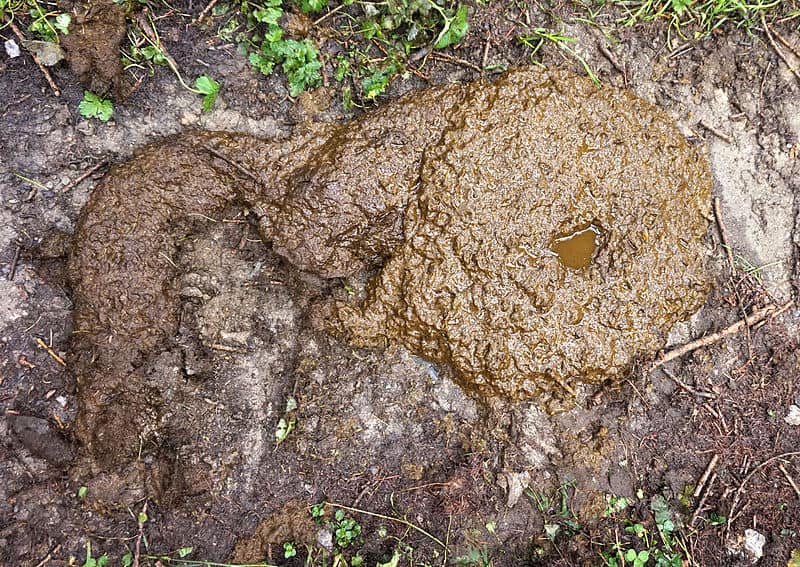
Diarharra is a sign of coccidiosis in chickens.
Dehydration
Suffering from diarrhea causes fluid loss, resulting in dehydration. With the excretion of electrolytes such as sodium, potassium, and chloride, your chick will start to become weak.
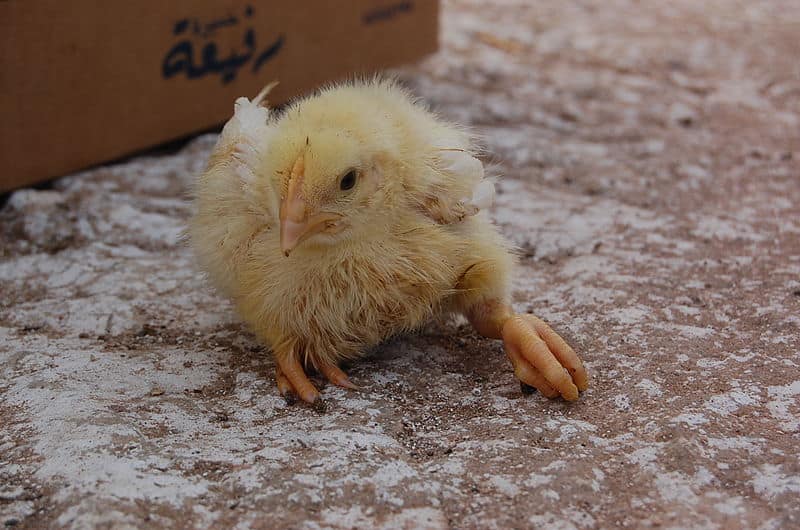
Diarrhea causes fluid loss resulting in dehydration.
Loss of appetite
Inflammation to the lining of the intestines causes irritation, which leads to discomfort and pain. This is why your chicken does not want to eat and is an indicator that your animal is sick.
Lethargy
The lack of nutrients and not consuming enough water are factors contributing to tiredness.
Ruffled feathers
The term piloerection is when poultry ruffle or puff out their feathers to show a response to discomfort or illness.
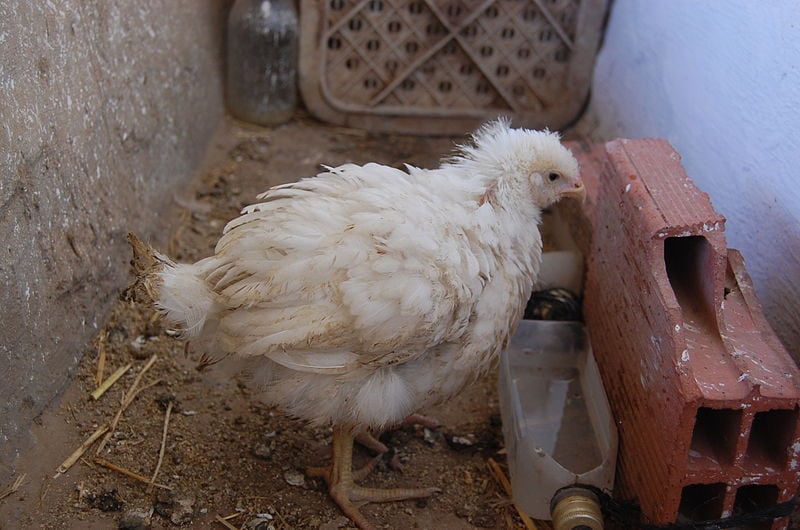
Chicks ruffled feathers show signs of discomfort and illness.
How to Treat and Prevent Coccidiosis
- Consulting a veterinarian is paramount. The veterinarian will confirm the diagnosis and recommend appropriate medications targeting the parasites. Administering these medications as instructed is crucial to controlling the infection.
- Time to nurse your chick back to health by providing fresh water to replenish the loss of fluids and offer soft, nutritious food to encourage eating.
- Isolate infected birds to prevent the spread of the disease.
- Maintain a well-ventilated area and stop overcrowding coops.
- Provide your chicks with dry and clean bedding to minimize the growth of parasites.
- Thoroughly clean contaminated surfaces, especially the water dish and sleeping area inside the coop.
- Keep a close eye on the health of your flock to prevent symptoms from getting worse. If so, ask the veterinarian to Adjust treatment and care based on their progress.
The photo featured at the top of this post is © iStock.com/Jennifer Chamblee
Thank you for reading! Have some feedback for us? Contact the AZ Animals editorial team.







